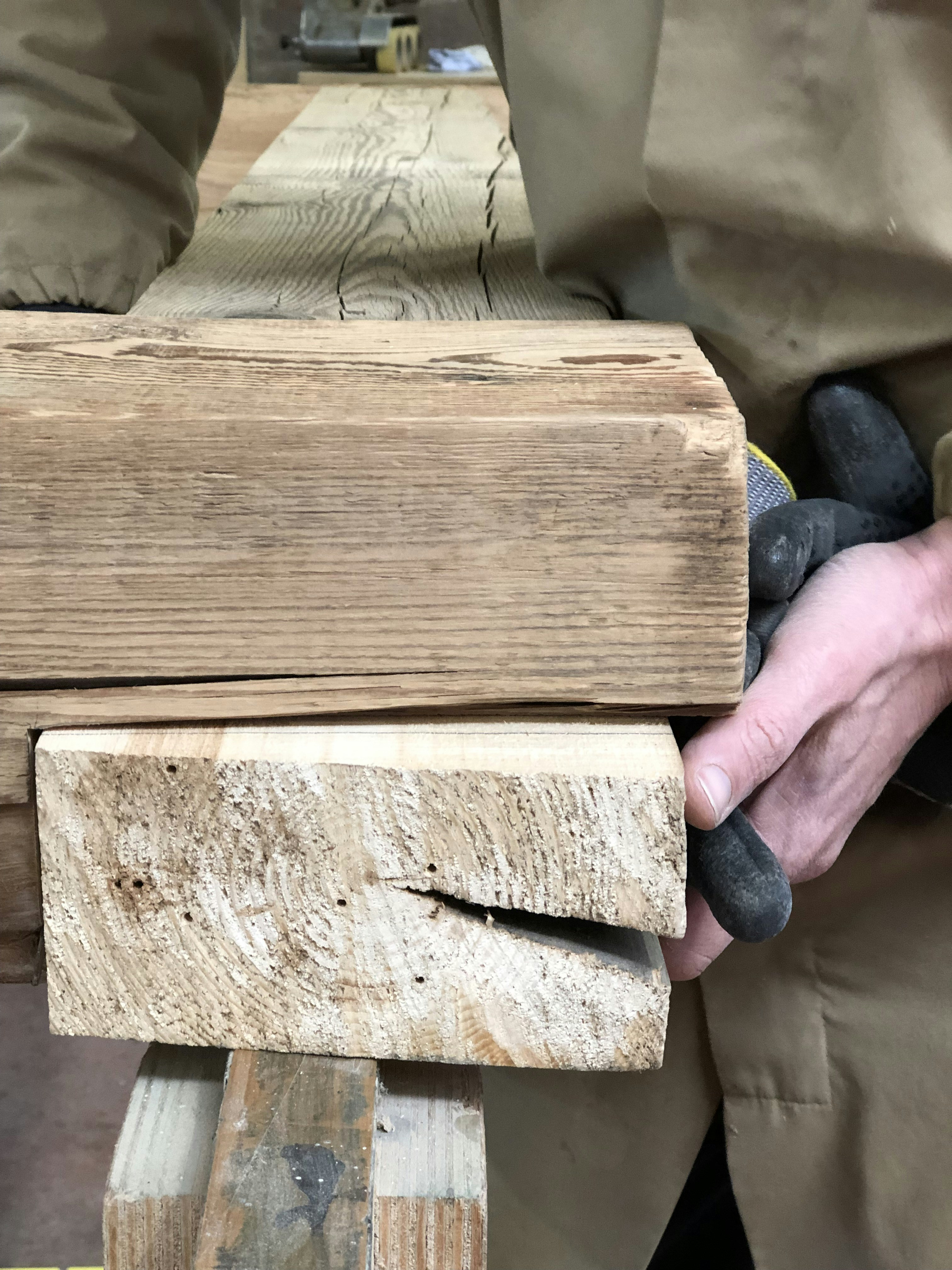🪵 Choosing the Right Timber: A Simple Guide
If you’re planning a building or landscaping project, picking the right timber makes a big difference. Whether you’re framing a wall, building decking, or replacing fence rails, it pays to understand the basics.
🏗️ C16 vs C24 Timber: What’s the Difference?
More common and cost-effective
Great for indoor framing, fencing, decking
Perfect where load strength isn’t critical
C24 Timber
Higher strength and better quality
Ideal for structural jobs like roofs and floor joists
Less likely to warp or crack
💡 Tip from Kelvin Timber:
If you’re building something that needs to last, C24 is often worth the upgrade.
🌧️ Treated vs Untreated Timber
Treated Timber is pressure-treated to resist rot and insects. Use it outdoors – think decking, fencing, garden sleepers.
Untreated Timber is best indoors where it stays dry – great for furniture, indoor frames, or decorative projects.
🎯 Pro tip:
Don’t use untreated timber outside. It won’t last, even if you paint it!
❌ Common Timber Buying Mistakes
Guessing sizes – Always plan your cuts before buying.
Ignoring defects – Check for splits, knots, or warping.
Buying cheap from random suppliers – Always use a reputable timber merchant (like us!).
🧱 Need Help?
Our team can recommend the right timber for your job. Just ask us in-store or online. Contact Us
✅ Final Thoughts
Choosing the right timber can save you time, money, and hassle. At Kelvin Timber, we stock both C16 and C24, treated and untreated timber in a range of sizes – and we’re always happy to help you pick the right one.
👉 Shop Timber Now | 📞 Contact Our Team | 🛠️ Get a Quote

